The Summit Experience
The Summit Experince
Empowering Security Leaders Wordwide
ISMG’s portfolio of Global Summits from both ISMG and QG Media, an ISMG company, deliver insightful, thought-provoking content across key verticals such as financial services, healthcare, AI, IT and OT.









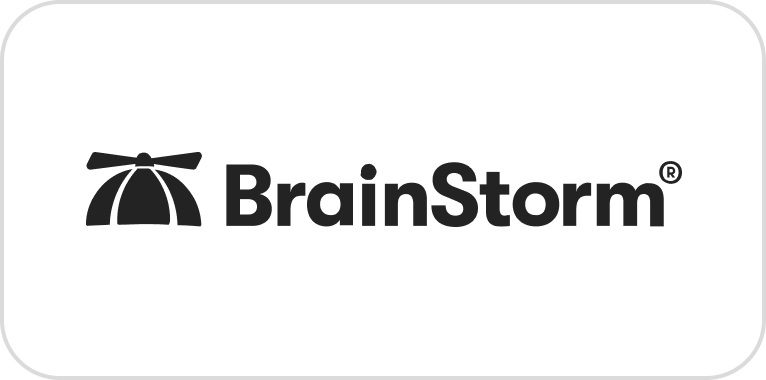


























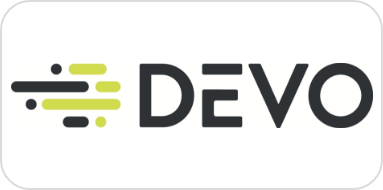





















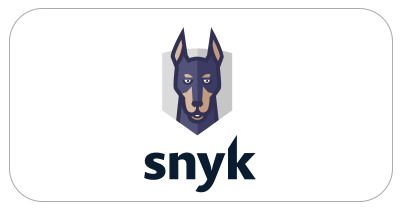







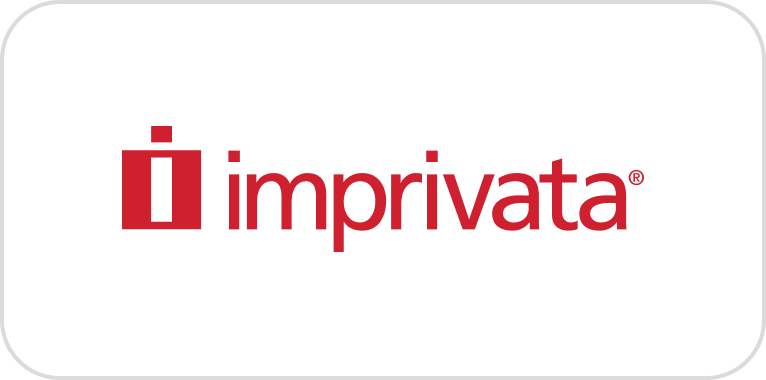
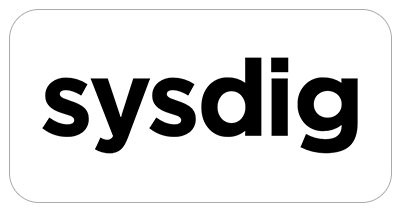
















Why attend
Experience the benefits in attending
We deliver far more than a platform to connect with cybersecurity decision-makers.
Thought Leadership Education
Turn thought leadership expertise and face-to-face engagement into real-world results. Experience more knowledgeable speakers than ever before with our industry-leading keynote address, CISO panel and fireside chat.
Interactive Shared Learning
Bring your expertise to the table during the interactive peer-to-peer workshop. Share the common challenges that are keeping you up at night and posing risk to your organization, and exchange innovative solutions.
Networking
Broaden your professional network by connecting with top security experts at the event. Establish profound and valuable connections. Exchange practical and relevant knowledge and experience.
Who attends
Tailored for Senior Security professionals and Business Leaders
- Security, privacy and risk responsibility for their organization
- Leading industries including banking and financial services, computer software, hospital and healthcare, insurance, government and education
- Global reach covering every corner of the world
Upcoming Summits
2025 – 2026 Calendar
Cybersecurity Summit: Africa (Virtual)
Learn more about the numerous security and technology challenges, such as rising digital supply chain risk and privacy that this region continues to encounter.
CIO Inc's Leadership Week: Business Transformation Summits 2025
CIO Inc’s Leadership Week: Business Transformation Summits 2025, powered by ISMG, gathers CIOs and digital leaders in Mumbai, Delhi & Bangalore from June 10-17 to explore AI-driven strategies, cloud modernization, automation, and next-gen connectivity. Dive into real-world use cases across industries like finance, manufacturing, telecom, and retail. Gain strategic insights to build future-ready enterprises and earn valuable CPE credits while networking with top industry experts.
New Delhi - 13 August, 2025
Bengaluru - 19 August, 2025
Mumbai - 21 August, 2025
Virtual Summit: Cybersecurity Implications of AI, Global
This virtual summit examines the convergence of AI and cybersecurity, focusing on ethical considerations, threat detection and risk management. Participants gain insights into integrating AI with security strategies, addressing real-world challenges and enhancing overall cybersecurity practices.
Nullcon, Berlin
Nullcon Berlin 2025 is an impeccable opportunity for all cybersecurity professionals, government officials, and industry experts to gain insights from the latest innovative research presented by security researchers from across the world. Learn about offensive/defensive techniques, new vulnerabilities and have the opportunity to test your skills with our flagship CTFs with amazing prizes at stake. Enjoy multiple activities, different tracks, workshops, and a lot more.

CS4CA Nordic Cyber Summit, Copenhagen
This year, we will be exploring the most important recent trends in Nordic cyber security, how we can protect ourselves from an expanding threat landscape, and ultimately what security means in real terms for the region. This event is an in-depth look into Nordic Security in an Age of Global Upheaval. The war in Ukraine has led to major changes to the region’s threat level which has highly raised our cyber security concerns, but didn’t undermine our determination to remain resilient.
Cybersecurity Summit: London Financial Services
London’s Financial Services Cybersecurity Summit explores key security challenges facing the sector. Industry experts discuss strategies for data protection, threat management and regulatory compliance, aiming to enhance overall security and resilience in financial institutions.
CISO Engage: Offsite & DynamicCISO Awards 2025
This immersive offsite event offers security leaders a unique opportunity for deep networking and strategy development. Through hands-on exercises and collaborative sessions, attendees focus on advanced approaches to cybersecurity challenges and leadership development in a dynamic setting.

FranSec, Paris
In recent years, France has established itself as a central player in the field of cybersecurity, gaining recognition for its commitment to digital autonomy in Europe, as well as for rallying the global community behind a secure cyber landscape, secure and open. In 2025, all eyes are on France. The most prestigious international events always attract more cyber-espionage activities, and this year, the Paris Olympic Games and the European elections are putting the French cybersecurity system to the test. Healthcare Security Summit: New York
This summit explores critical cybersecurity issues in healthcare, including patient data protection, vulnerability management and emerging threat response. Experts convene to discuss strategies for enhancing security and resilience in healthcare organizations amid increasing digital risks.
Data Security Summit: Seattle
Seattle’s Cybersecurity Summit centers on data security, addressing key challenges in protecting sensitive information. Industry leaders convene to discuss best practices, emerging threats and innovative solutions for safeguarding data in an increasingly complex digital ecosystem.
ManuSec, Chicago
Join fellow cybersecurity leaders for 2-days of strategy planning, insight building and expert knowledge exchange at this one-of-a-kind cybersecurity event tailored specifically to manufacturing. Leave with actionable takeaways to protect a sector which is crucial to the economic prosperity and continuity of the Nation. This is a unique opportunity to build partnerships with senior cybersecurity professionals from America’s Aerospace & Defense, Machinery, Electrical, Food & Beverage, Automotive, Metals, Chemical, Pharma, Transportation Equipment manufacturing & more, while participating in the discussions shaping the American cybersecurity landscape in 2024 and beyond.
Lone Star Cyber Summit, Austin
The Lone Star Cyber Summit not only addresses a wide range of technological issues from the IT Security spectrum but also breaks out beyond that, providing a wider perspective from all aspects of the industry. From secure IoT deployment to the acquisition of business skills needed to build up a case for funding, the summit acts as a platform to help address concerns and answer your questions.
Cybersecurity Summit: Southeast Asia (Virtual)
Learn more about the numerous security and technology challenges, such as rising digital supply chain risk and privacy that this region continues to encounter.
Cybersecurity Summit: Toronto Financial Services
Toronto’s Financial Services Cybersecurity Summit explores emerging trends and best practices in the sector. Interactive sessions and expert speakers provide actionable insights on safeguarding digital assets, mitigating risks and fortifying defenses amid an evolving financial threat landscape.
CS4CA LATAM, São Paulo
Get ready for an unparalleled cyber security experience at the CS4CA LATAM Summit, returning to São Paulo this October! This cutting-edge format is geared towards providing top-notch cyber security knowledge and collaboration to IT and OT security leaders from critical industries. Latin America, especially Brazil, faces a crucial time in cyber security, with Brazil ranking as the second-most targeted region globally in 2023. With ransomware attacks affecting 79% of organisations in Latin America, the summit will gather senior cyber security leaders to enhance cyber resilience through collaboration.

Benelux Cyber Summit, Amsterdam
As the prime cross-industry conference dedicated to IT and enterprise security in the Benelux Union, this event has the number one aim of bringing together 150+ like-minded, senior cyber security leaders and decision-makers from industries such as banking, automotive, utilities and manufacturing. In a context of major geopolitical and regulatory shifts, we will be exploring the most important trends in cyber security strategy, tools and standards, over two days packed with educational and interactive sessions dedicated to insight building, strategy planning and expert knowledge exchange.
Fraud Prevention Summit: New York
ISMG’s Fraud Security Summit provides insights into cybersecurity education, fraud prevention, incident response and risk management. Industry leaders share strategies for effectively navigating the evolving threat landscape and maintaining robust digital defenses in an increasingly complex environment.
Cybersecurity Summit: New York Financial Services
This summit examines critical cybersecurity issues in financial services, including data protection, threat management and regulatory compliance. The event provides a forum for discussing innovative strategies and solutions to enhance security and resilience in financial institutions.

UKsec, London
Our cyber conference is dedicated to IT and enterprise security, with the number one aim of bringing together 150+ like-minded, senior cyber security leaders and decision-makers from industries such as banking, automotive, utilities and manufacturing. Our sessions focus on the latest trends, challenges and solutions, and this year will feature a new government plenary keynote session to bring you the latest high-level assessment of UK cyber security.

#CS4CA ANZ, Perth
Connecting 100+ like-minded, senior IT and OT security stakeholders from industries such as oil & gas, mining, utilities, manufacturing, transportation, healthcare, government & more, our two-day summit is packed with educational and networking sessions dedicated to insight building, strategy planning and expert knowledge exchange on the main challenges faced by critical infrastructure organisations today, from complexity, to alignment and regulatory concerns.

ManuSec Europe, Munich
Join us and the top cyber security professionals from Europe’s biggest manufacturers to network, learn, and be inspired. With 2 days of in-depth knowledge exchange, strategy planning and insight building through keynote presentations, real-life case studies, panel discussions, roundtables and networking breaks in Munich on 24th – 25th February 2026, ManuSec Europe is a must- attend for all senior IT & OT security leaders.
Alex Levy
David Stern
Kevin Li
Deniz Hanley
Katie Jenkins
Shefali Mookencherry
Elizabeth Gossell
Matanda Doss
Greg Thompson
Kiersten Todt
Michael McNeil
Edacheril Mathew
Speakers
Premier thought leaders in the security space
ISMG Summits bring the foremost thought leaders and educators in the security space to the stage, interactive workshops and networking events. Learn from the “who’s who” in cybersecurity, passionate about the latest tools and technology to defend against cyberthreats.
Past Summit Events
Upcoming ISMG Events



